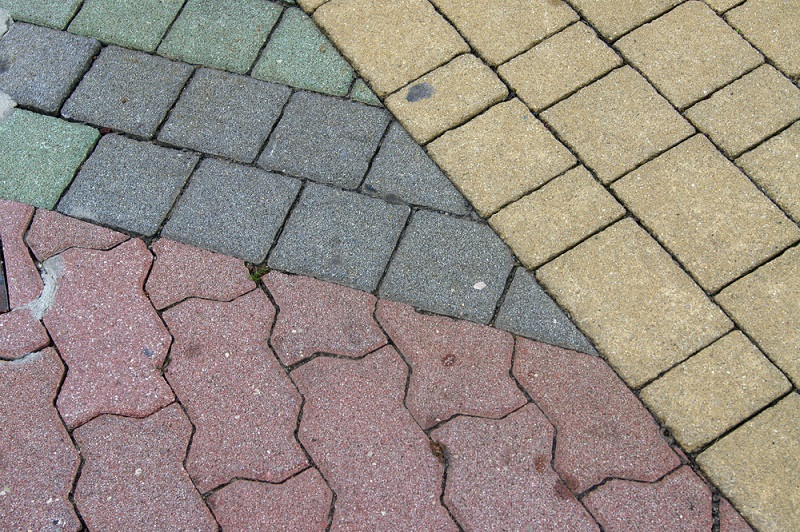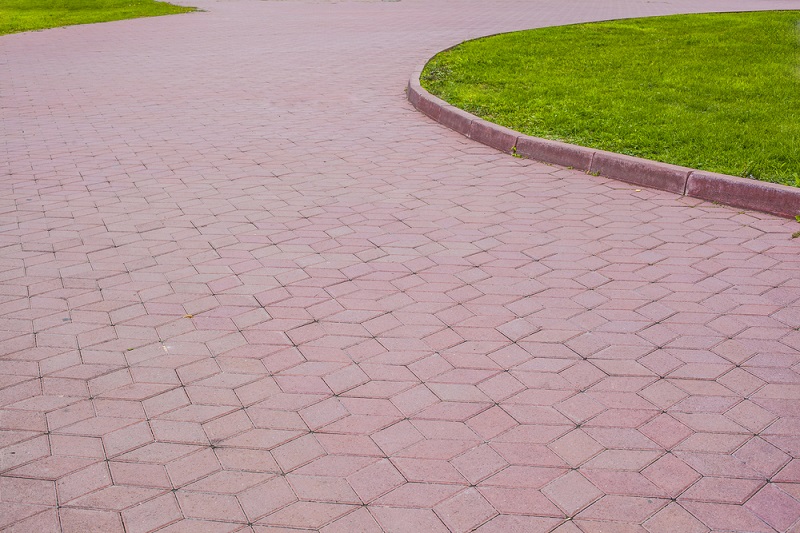Pavements often add a character to your home entrance. These pavers add beauty and class to any walkway making you feel proud. But exposures to the natural elements often cause the pavements to develop cracks or worse, moulds.
 |
Spray On Paving
|
Moulds developed during the rainy season, making the area look nasty and making it immensely slippery leading to fatalities if one is not careful. But the maximum damage is done to the structure of the pavements as it indicates cracks that reach the foundations.
But, for removing and treating mould problems, you do not need to resurface the area, you can simply use spray on paving and give the area a brand-new look. The added bonding makes the added spray last for over 10 years. Apart from giving the same features as a complete replacement, this spray on paving technique saves a lot of time and money as it is a concentrated area treatment. The composition of the spray on paving is concrete mixed with polymer-based adhesives and special binding agents.
No matter how hard you try and how much you clean, mould and algae infestation is unavoidable, especially if you have concrete paving in garden areas. The constant dampness is the ideal ground for moulds to grow and spread out.
Before you apply the spray on, you need to clean the area and make it dry. Power hosing helps as the force of water dislodges the fungus and makes the area suited for the resurfacing job. Like resurfacers, spray on paving too has special binding agents and polymers which prevent any future growth of fungus. These also ensure the area is free of slippery and with a few decorative touches; you can change the whole look of the paving. The polymer added in these sprays on also takes up the look and feel of its surrounding, acting as good camouflage.
But, spray on paving isn’t just for covering up moulds, it can also be used to jazz up a boring pattern. The ease of use makes it handy and you can do it yourself! You need to just follow the steps and be sure to wear protective eyeglasses.
 |
Spray On Paving
|
The spray on takes usually 24 hours to set and once it is set, it is sturdy and smooth. Over time, its resilience increases and with proper cleaning, the design may well last for 20 years. Preventing moulds too will increase the longevity of the designs, and this can be achieved by ensuring that the paving is moisture free, bleaching with chlorine too helps as it is not harmful to concrete and the polymers.
Tips to ensure your patio is mould-free:
- Sweep your pavement regularly. Do not let leaves accumulate and form moisture.
- Wash away as much as algae as you can, with your water hose.
- You can try scraping off algae to ensure it is hundred per cent mould-free.
- Scrub your pavement with chlorine to ensure your mould has no chance of making a comeback.
- If you’d like an alternative to chlorine, you can consider bleach and cold water, which are notable for serving an efficient purpose.
- You can spray these compositions on your pavement and ensure a full-coverage. Spray on paving is the most effective method to ensure mould doesn’t recur, return or bother you further.
- Remove any bushes that are excess-shading so as to ensure no moisture is gathered.
Spray on paving is efficient a tool in summers and rainy seasons, where mould and algae become a household name. It is a good option to use spray and scrub strongly, to ensure no remnants are recurring. Persistence and patience will pay off, in due time.

0 comments:
Post a Comment